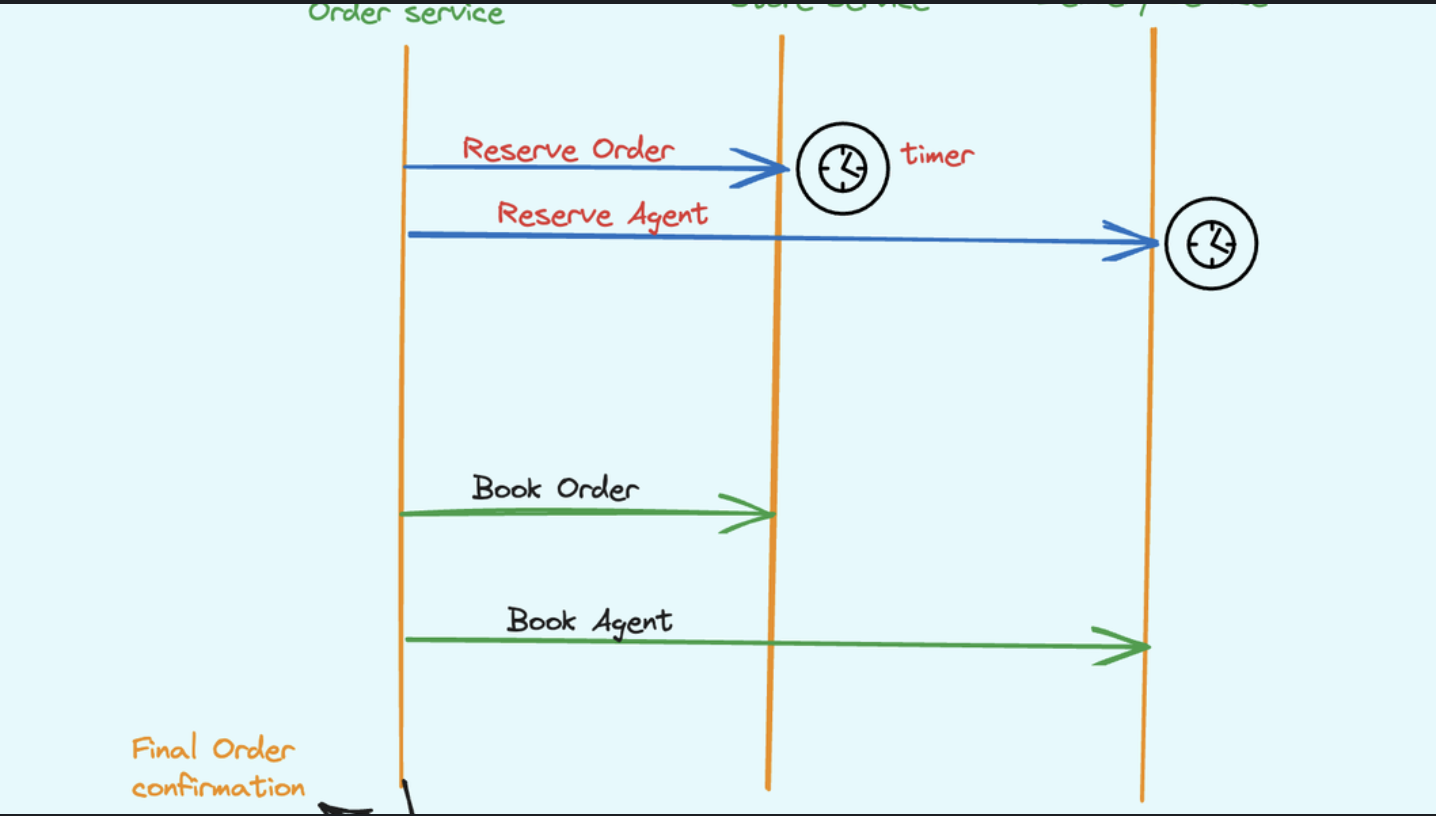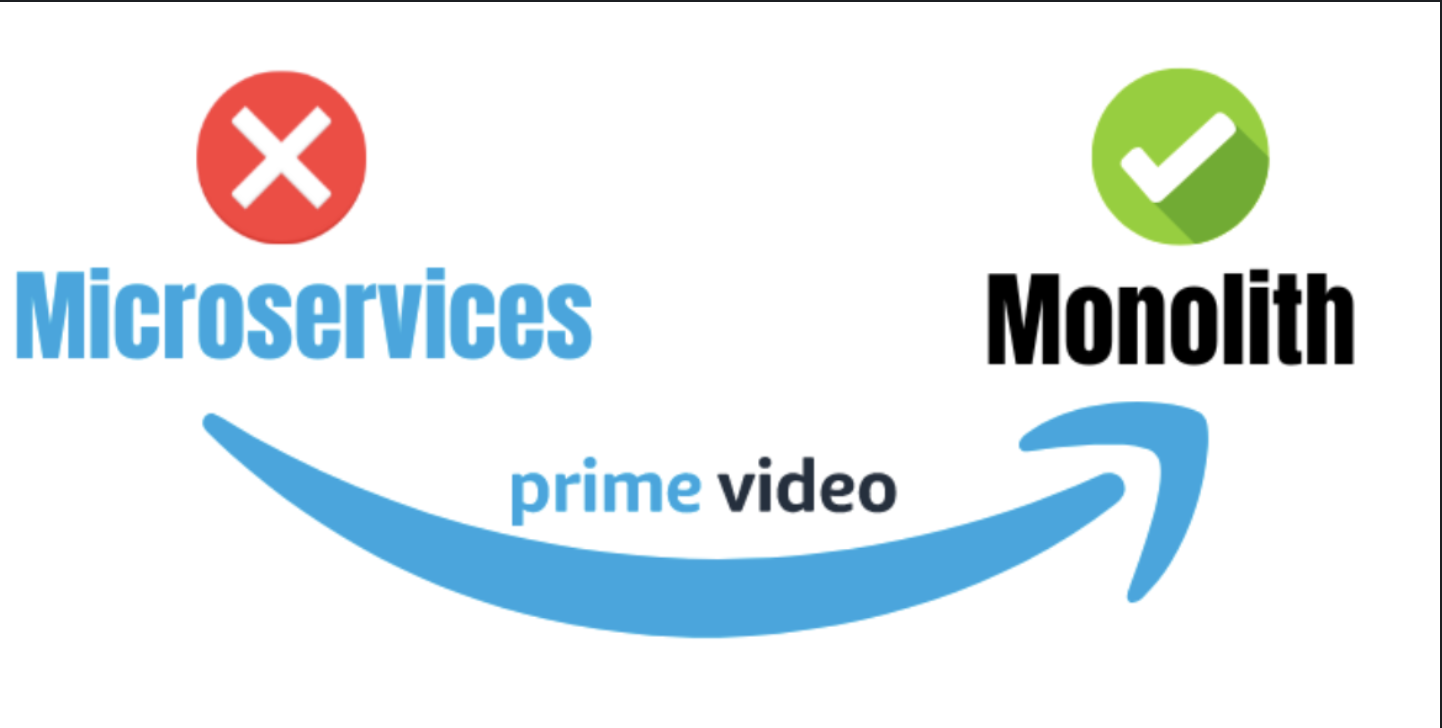Ever felt like merging two star ingredients from different kitchens to create a culinary masterpiece? Combining projects built on different .NET frameworks can feel similar – exciting possibilities mixed with a dash of complexity. While technically possible, mixing .NET Framework 4.8 and .NET Core 6 in the same solution requires careful planning and some clever maneuvering.
Why Mix Frameworks?
You might ask, “Why mix in the first place?” Well, scenarios abound:
You might have a legacy .NET Framework 4.8 behemoth and a shiny new .NET Core 6 microservice eager to integrate. You need to share specific functionalities between the two, like a common data access layer. The project involves external dependencies built with different frameworks. Whatever the reason, mixing frameworks has its charms. But, like any culinary fusion, it comes with its own set of spices and quirks.
The Compatibility Conundrum:
The elephant in the room is the fundamental difference between these frameworks. They’re like siblings from different mothers: .NET Framework, the reliable elder, and .NET Core, the agile kid on the block. Sharing assemblies directly is a no-go. They simply speak different languages.
So, how do we bridge the gap?
- The Shared Library Sanctuary:
Create a new haven – a .NET Standard library, to be precise. This neutral territory acts as a translator, housing code compatible with both frameworks. Think of it as a recipe book both kitchens can rely on for common ingredients like data access logic.
- The API Ambassador:
If direct communication is vital, consider appointing an ambassador – a well-defined API (think REST or gRPC) that serves as a middleman. This allows them to interact politely without understanding each other’s native tongues.
- Interprocess Communication Bridge:
Sometimes, a good old-fashioned hand signal works best. Inter-process communication (IPC) mechanisms like named pipes or message queues let them exchange information like smoke signals across a canyon.
Long-Term Implications:
While these workarounds can be delicious, consider the long-term effects:
Increased Complexity: More frameworks mean more moving parts, potentially leading to maintenance headaches. Deployment Juggling Act: Deploying separate runtimes adds another layer of complexity. Migration Hurdles: Moving fully to one framework might be trickier due to workarounds and dependencies. Taming the Mix:
Prioritize .NET Core: If starting fresh, embrace .NET Core’s cross-platform magic. Gradual Migration: Migrate components in phases, starting with smaller, less critical parts. Document Everything: Be the chef who leaves detailed notes – document your architecture, limitations, and workarounds. Mixing .NET frameworks can be a rewarding adventure, but approach it with caution and careful planning. Remember, sometimes a single, well-seasoned framework might create the most delectable dish.💡



